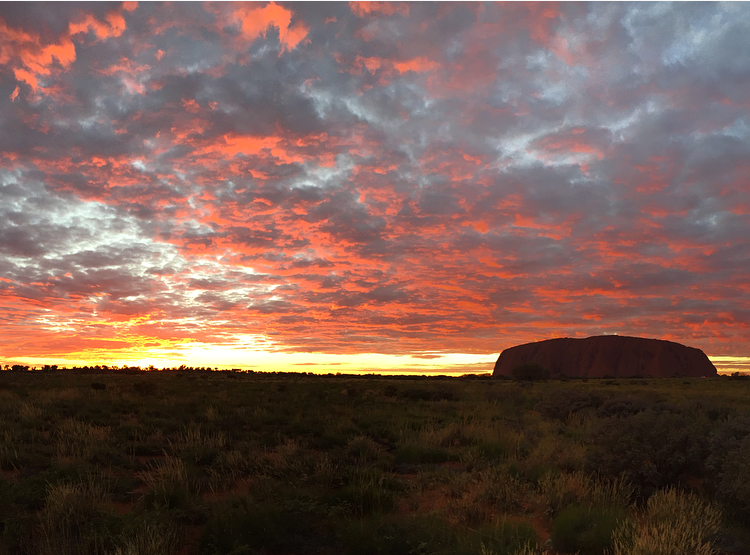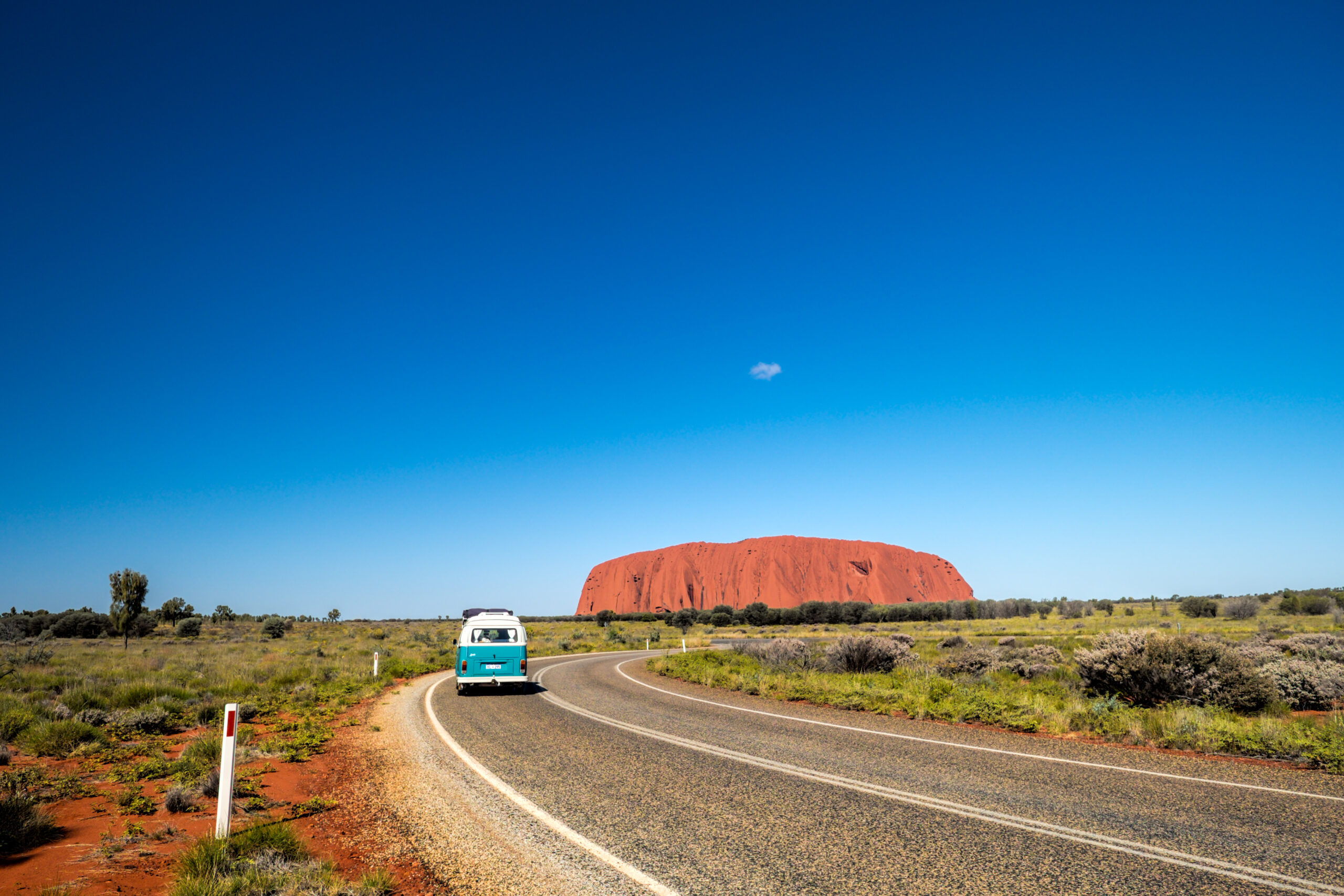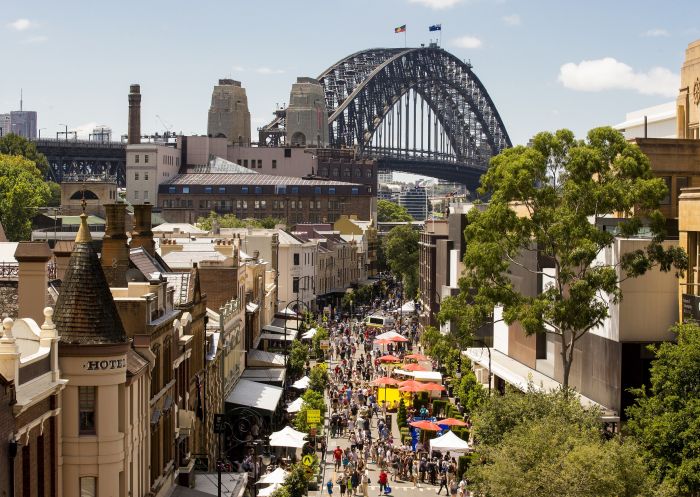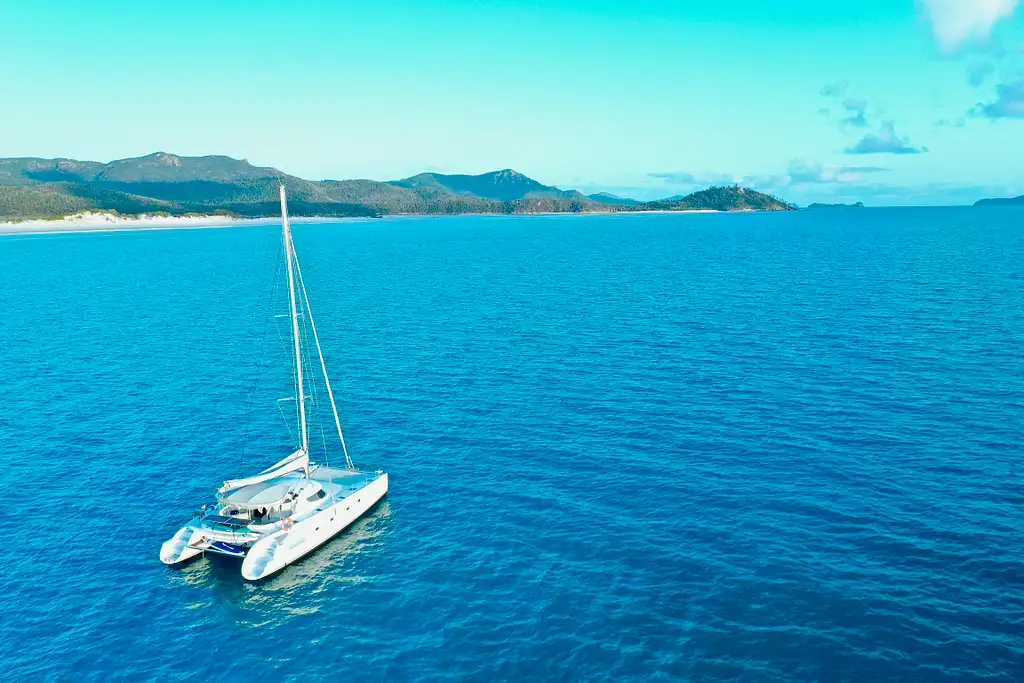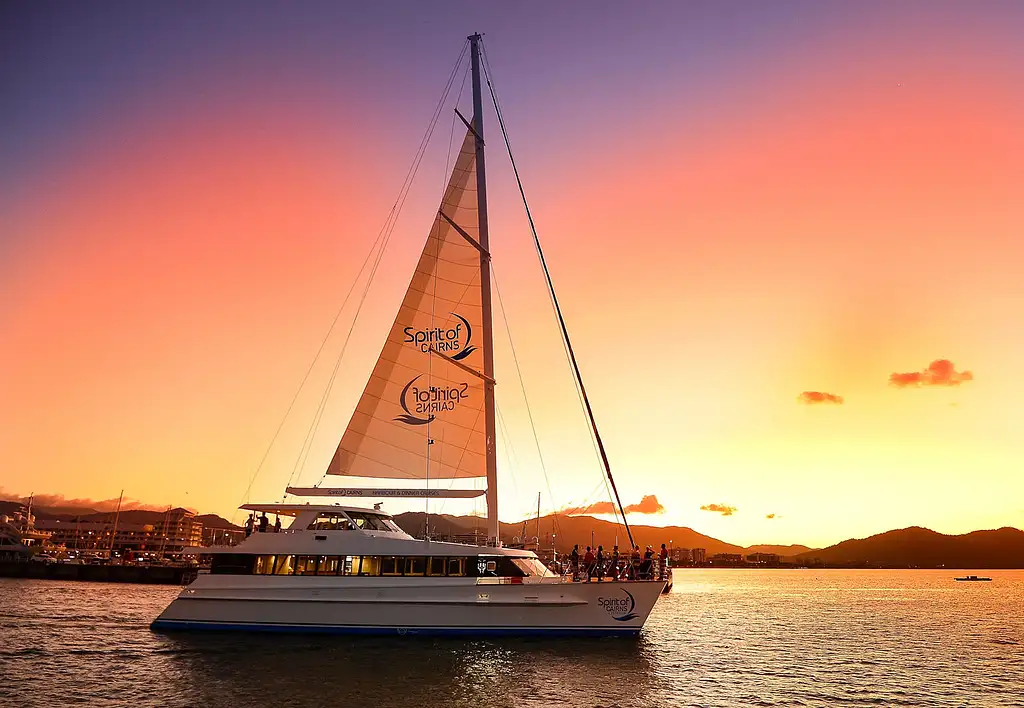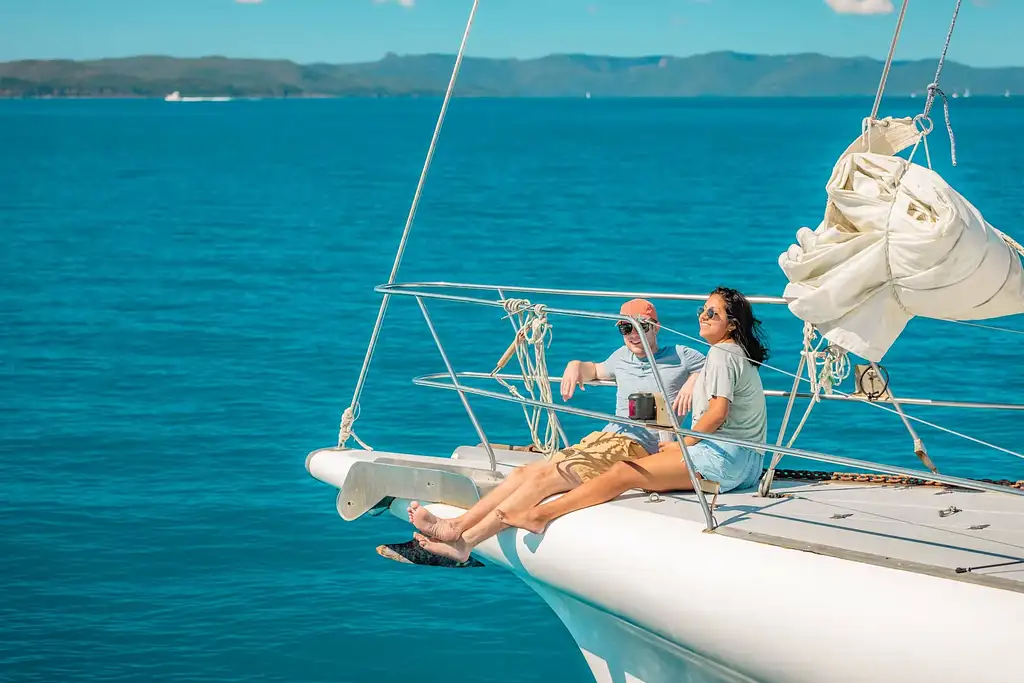Uluru in February will give you a true taste of the stunning Australian outback. With temperatures ranging from 22°c to 36°c, the heat is intense but manageable if you take precautions and stay out of the scorching midday sun.
In fact, many tourists love the heat, so visit in February to experience it. For those who would prefer to stay cool, there’s nothing better than participating in nighttime tours and stargazing in Uluru is one of the best activities you can do.
A Night Sky Like No Other
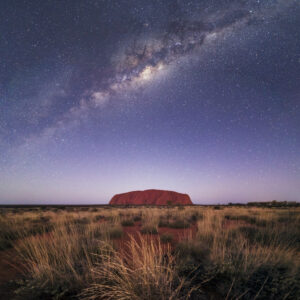
February in Uluru gives you clear, dark skies without the interference of light pollution from urban areas or the cloud cover of places that experience more rain. For those interested in astronomy, there’s truly no better way to see the phenomenal Milky Way with its planets, shooting stars and even the occasional meteor shower.
As the sun sets and the day’s heat fades away, the vast desert sky over Uluru reveals its stunning beauty and comes alive with countless, glittering stars. The Milky Way stretches across the heavens and constellations such as the Southern Cross and Orion are clearly visible. It’s the perfect activity for people of all abilities and ages.
The best way to experience stargazing in Uluru is to join a guided tour. These tours provide you with the tools you need – like a telescope, binoculars and laser pointers – and the expert guides will share info and fascinating stories about the constellations.
You’ll also hear about what the stars mean to Anangu and how they have influenced their lives over the past 30,000 years. Cozy up with a blanket and hot drink and be amazed by the beauty of the Uluru sky!
Other Uluru Adventures
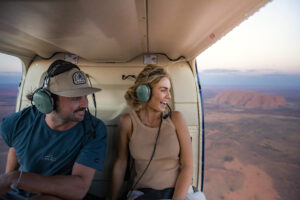
With your nights dedicated to stargazing, you need something to do during the day too, but with the high temperatures, it’s better to plan activities for the cooler parts of the day. Early morning walks around the base of Uluru are always popular, as are the Mala Walk and Kuniya Walk, as they provide shaded paths.
Listen to guides, wear lightweight, protective clothing, stay hydrated, always carry plenty of water and you’ll love Uluru even more. For more ideas, visit our Things to do in Uluru page.
Travelling at a different time? Find out what to expect in Uluru in January, February, March, April, May, June, July, August, September, October, November, December.

